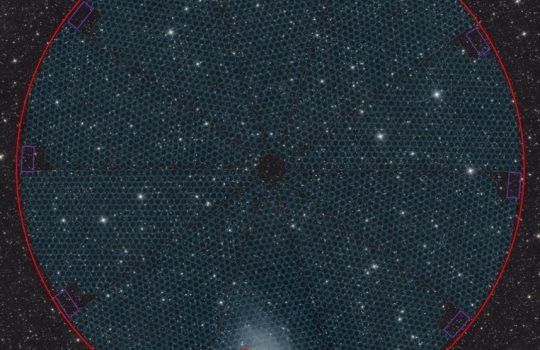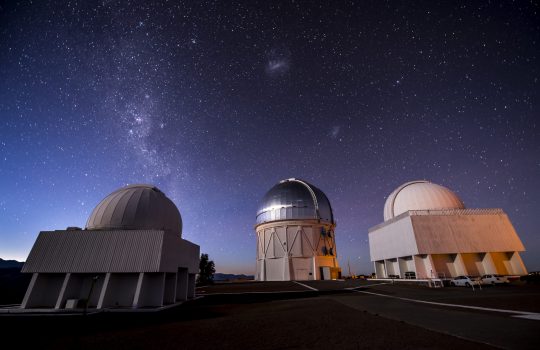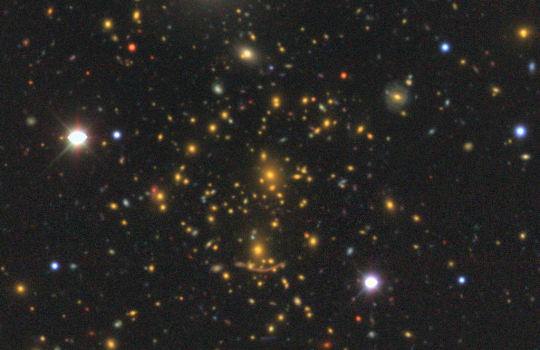What is it like working for Fermilab? with James Annis
- astronomy
- astrophysics
- cosmology
- dark energy
- Dark Energy Survey
- dark matter
- Deep Underground Neutrino Experiment
- DUNE
- neutrino
- supernova
From Event Horizon podcast, March 19, 2020: Fermilab scientist James Annis and John Michael Godier discuss neutrinos, dark energy, dark matter and upcoming cosmological surveys in this 30-minute interview.



